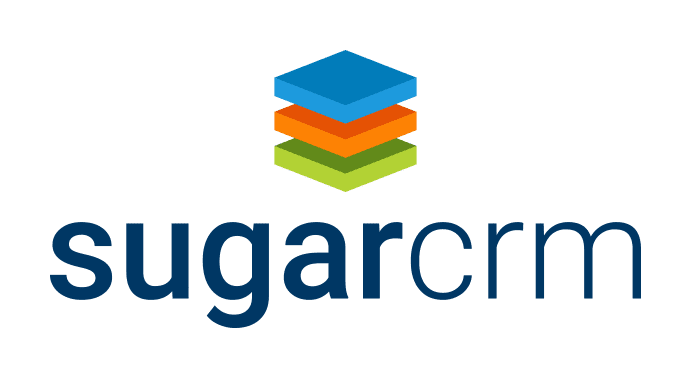Businesses have found a growing need for their business data to be accessible on the go. Having mobility in a company with real-time business data readily available not only streamlines business processes, but it also reduces waste (money + time). It also improves the speed and effectiveness needed for intelligent decision-making.
The changes that occur as a result of business technology progression seems evident in retrospect—personal computing devices such as laptops, smartphones, and tablets made the desktop computer impractical. The email was supposed to force fax machines into complete obsolescence, and it was inevitable that local data storage would fall by the wayside in favor of cloud storage.
The cloud arrived on the scene and immediately started to revolutionize how the professionals thought of data and data storage. With data being central to every business decision, as companies embrace mobility, they need their business solutions to support their efforts.
However, now it’s more than just data the lives on the cloud for many companies; complete business solutions are increasingly maintained and accessible through our devices’ internet connections, and it’s changing the future of ERP.
Cloud Enterprise Resource Planning (ERP)
Cloud-based ERP solutions have arrived and have quickly begun ushering out legacy and on-premise, locally installed ERP systems. The cloud offers ERP many benefits and conveniences, a vast majority of which boils down to flexibility.
Cloud-based ERP systems are more flexible than locally installed ERP systems, and more and more businesses have discovered just what that flexibility can do for them. But what does it mean for cloud-based ERP systems to be more flexible?
On the go accessibility
Locally hosted ERP systems were always reasonably rigid in their use. Systems with dedicated software installed held the only access to the data they contained, extremely limiting the availability of data.
Cloud ERP systems, on the other hand, are accessible from anywhere with an internet connection and from any device. Where users once had to be seated at a dedicated workstation to interact with their ERP and data, users can now access ERP’s data from any smartphone or connected device.
Industry-rich features
Traditional legacy ERP systems were often off-the-shelf applications, including generalized functions chosen by developers, whether those features were needed by a business or not.
Many organizations paid for a wide array of features for which they never had any particular use or often required enhancements that their new software couldn’t handle.
By contrast, cloud-based ERP systems function a lot more like a menu at a restaurant where you work with your vendor to deliver precisely the tools you need from your ERP. In the end, you pay only for what your business needs, and should you find down the road that you need something new added to the system, you need only to work with your vendor on adding specific features as required.
Intuitive integrations
Your business and financial systems must be able to receive information from other business systems and processes. This data can be input manually or entered through seamless integration with these business systems.
Integrations further flesh out the flexibility of an ERP ecosystem. Cloud-based ERP systems are designed with partner companies and third-party solutions in mind.
The right cloud-based ERP for your business will be able to integrate with your other software tools that keep operations running smoothly, ensuring a smooth transition as you reshape the way your company operates.
Cloud-based cost-cutting
Cloud-based ERP is the future for a great many reasons, and high among them is the ability to get up and running affordably. As a result, more and more businesses adopting ERP for the first time are going with cloud-based solutions.
This continued growth comes from the flexibility granted to companies who lack the funds to throw at expensive full software purchases and IT support.
With a cloud-based ERP subscription model, companies typically pay an annual fee and eliminate the need to purchase additional IT infrastructure. Instead, a software vendor maintains servers, networks, and any business software required.
Switching to the cloud for better decision-making
Real-time data is vital for fast and intelligent decision-making to stay ahead of the competition. Operating from a cloud platform gives companies the insight and automation needed to deliver value-added and strategic data for evolving demands of the digital business environment.
With on-premise ERP systems, limited access to data while outside the associated network requires third-party adaptations and significant security issues. Companies focused on agility and solving business problems simply don’t have time to wait for the required data used to make decisions.
Sage Intacct is the cloud accounting package you need
Voted #1 Accounting Software Product in Customer Satisfaction by G2 Crowd, Sage Intacct is built for finance professionals by finance experts. Through automation of your core financial processes with advanced functionality and accessibility in the cloud, you can get away from manual spreadsheet accounting to increase productivity, save time and reduce erroneous reporting so you can drive your business forward.
As a Sage Intacct Partner, e2b teknologies is a best-in-class provider to move your business to the cloud. Find out more about how e2b and Sage Intacct can transform your business into a digital finance organization.

